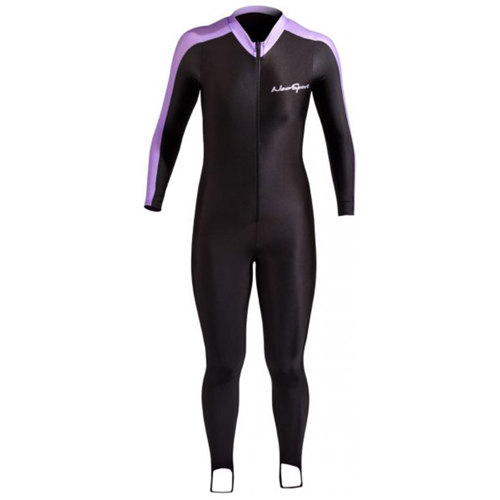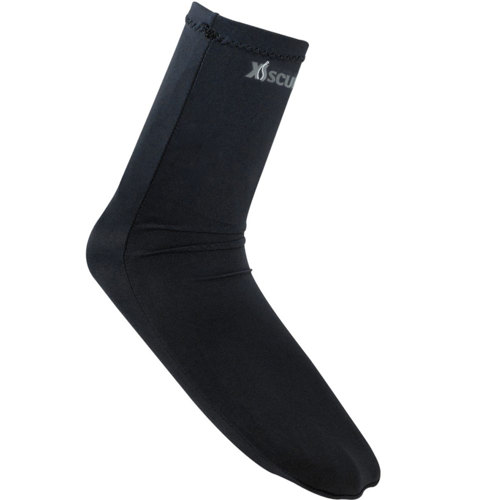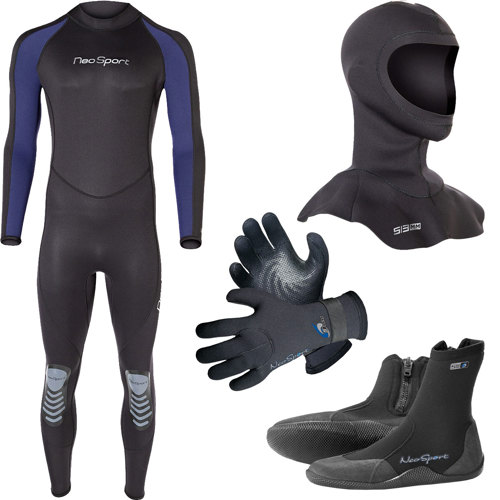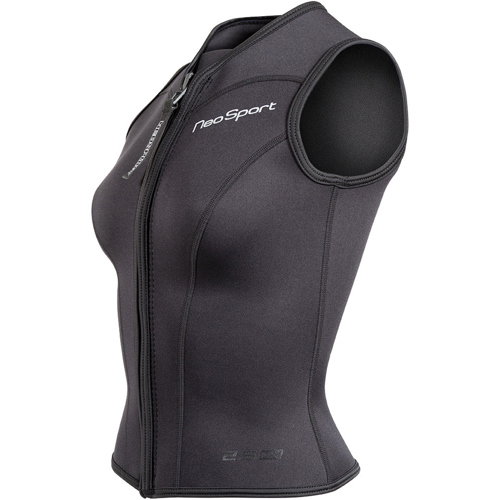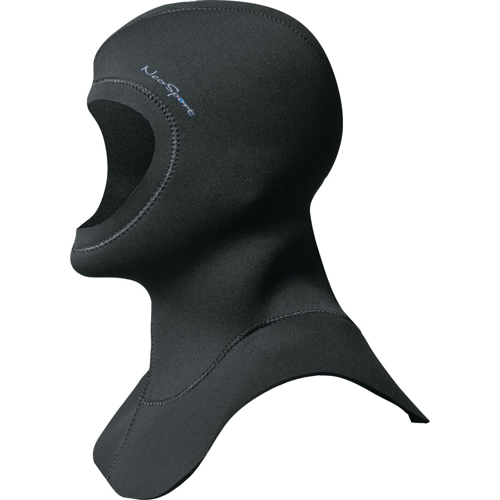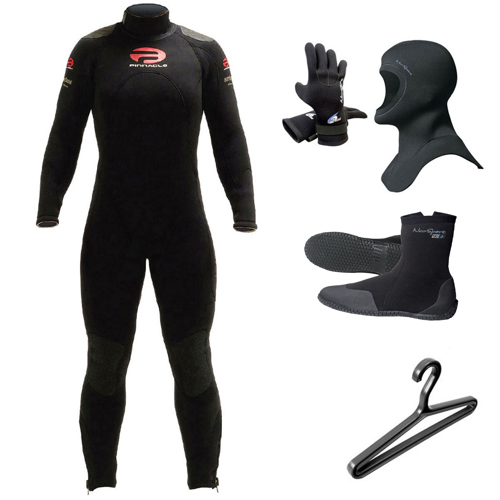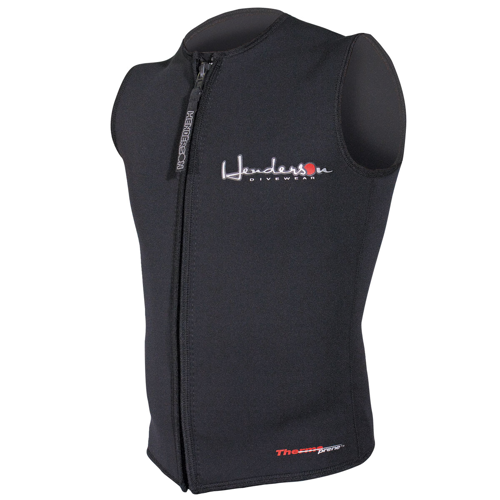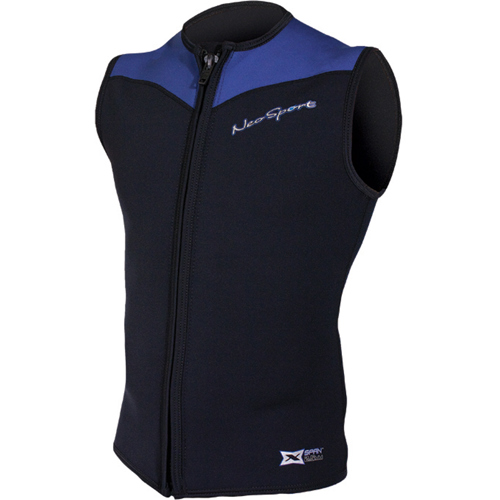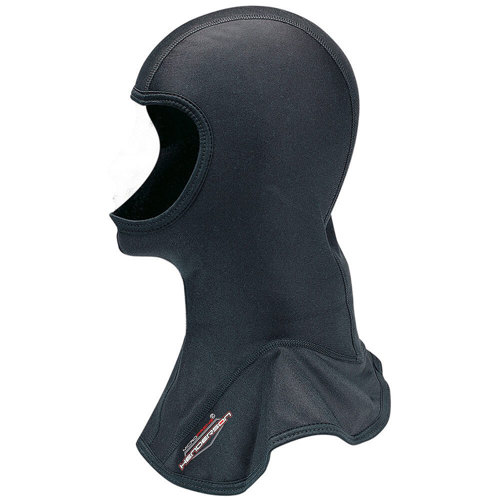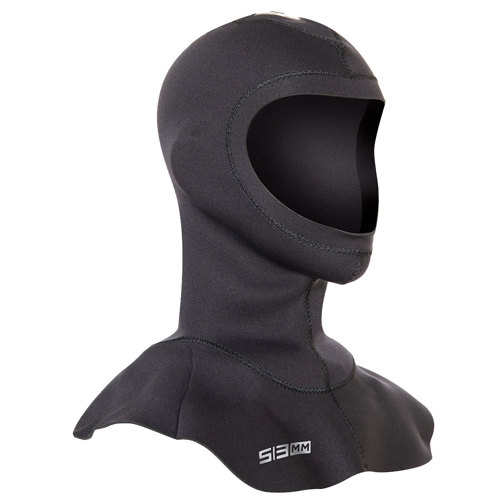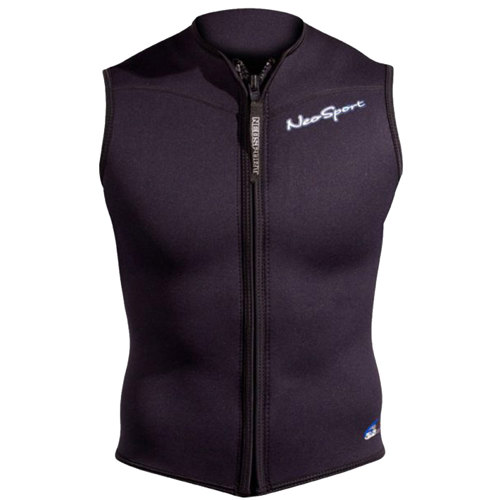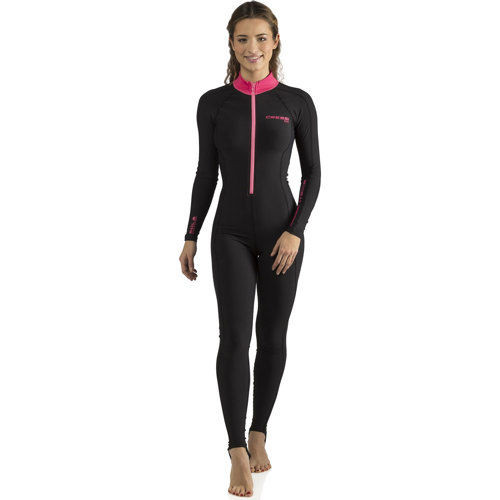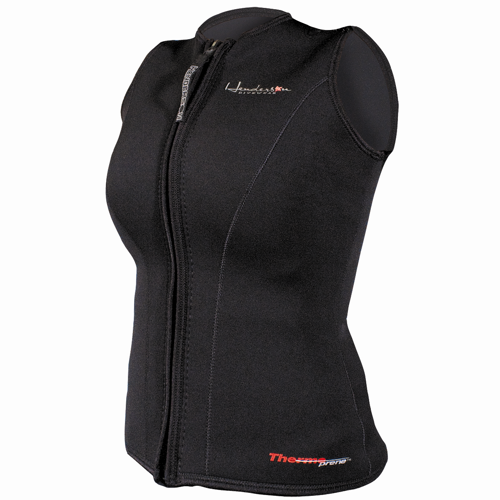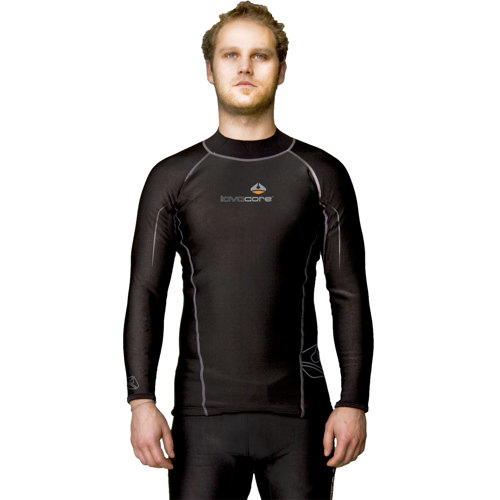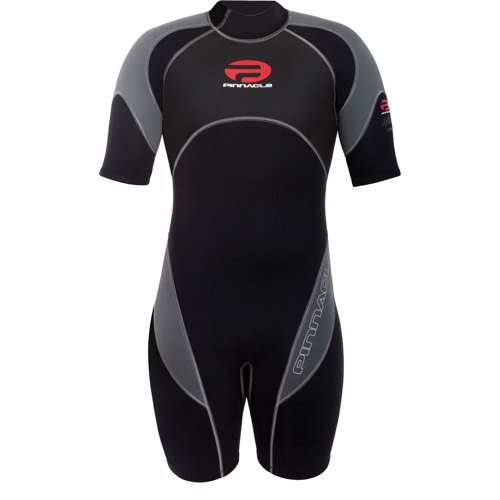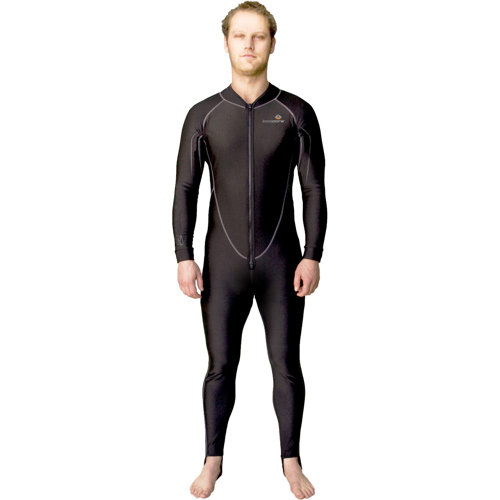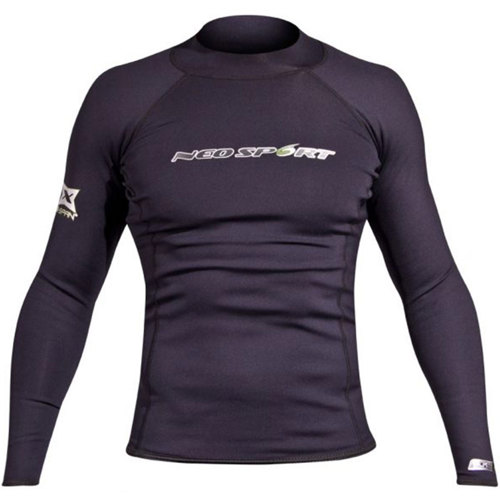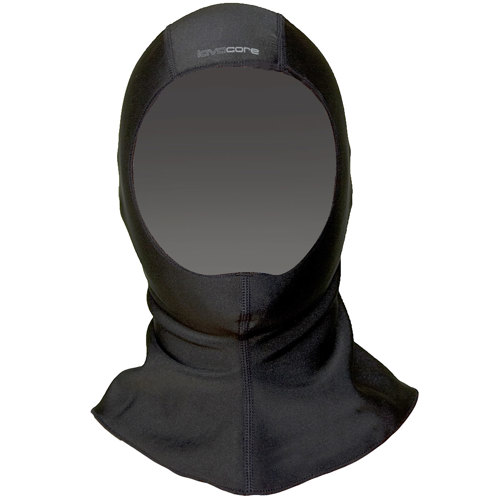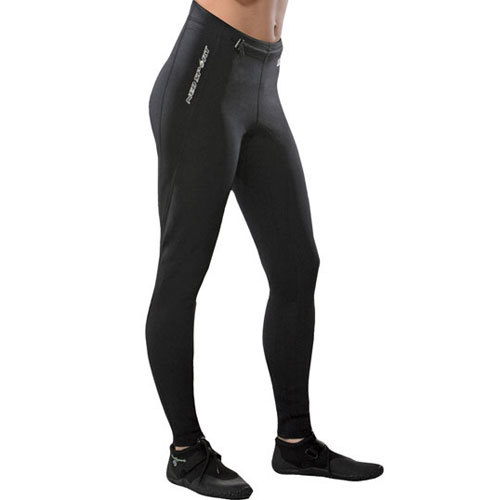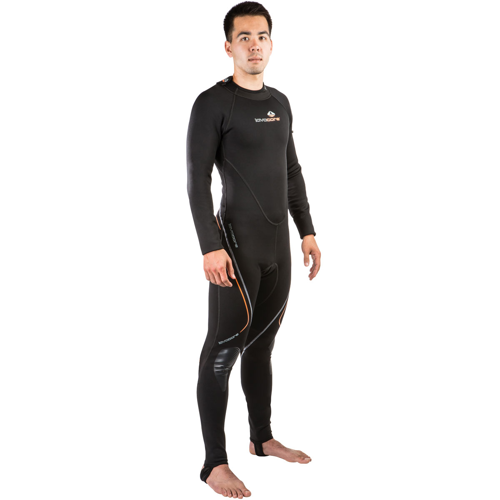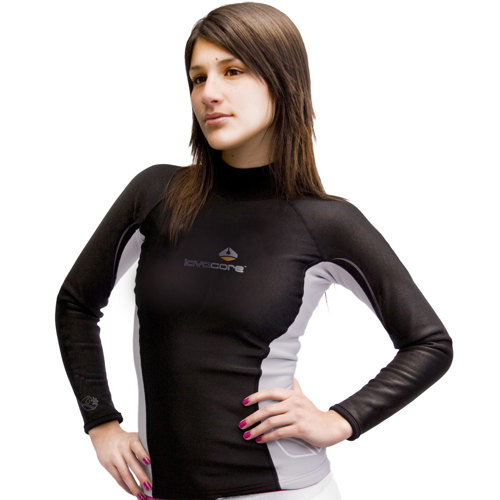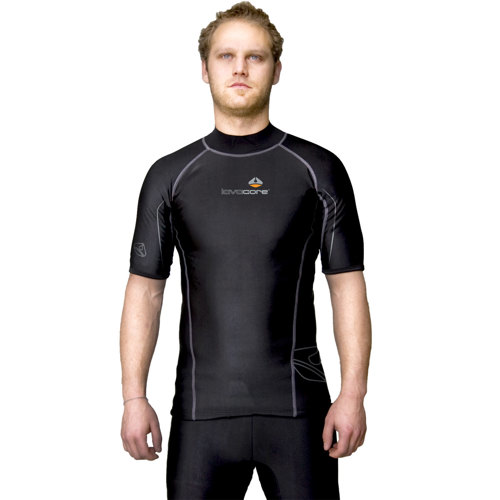When preparing for a dive, the key to staying comfortable and safe underwater often comes down to how well you layer your exposure protection. Layering for diving is a time-tested method that allows divers to adapt to a broad range of water temperatures, weather conditions, and personal tolerance to cold. Whether you’re planning a summer dive in temperate waters or gearing up for a late-season trip where the thermocline can deliver a chilly surprise, having the right combination of base, mid, and outer layers is essential. The base layer, which sits directly against your skin, should be made from moisture-wicking materials—think lightweight thermals or rash guards—that move sweat away from your body, keeping you dry and reducing the risk of getting chilled. Over that, a mid-layer adds crucial insulation, often using specialized fleece or engineered fabrics designed to trap air and retain warmth without adding unnecessary bulk. For wetsuit divers, this might mean a hooded vest or an extra neoprene layer, while drysuit divers rely on thicker undergarments tailored to their suit’s fit and the expected water temperature. The outer layer—your wetsuit or drysuit—seals the system, providing the main barrier against cold water and the elements.
Choosing the right layers is a very personal process, shaped by your diving experience, the environments you frequent, and your own sensitivity to temperature. Some divers run warm and prefer minimal layering, while others appreciate the flexibility to add or remove pieces as conditions change throughout the day. Layering is not just about warmth—it’s about maintaining agility underwater, ensuring that each piece fits comfortably over the next without restricting movement or breathing. Too many thick layers can lead to overheating or restrict your range of motion, while too little protection leaves you vulnerable to cold stress, which can sap your energy and shorten your dive. The beauty of a well-thought-out layering system is its adaptability: on an August morning, you might start the day with a full set of layers for an early deep dive, then peel back to just a base layer and wetsuit as the sun warms the surface. For travel divers, layering pieces pack easily and allow you to be prepared for a variety of sites and unexpected temperature shifts. These items also make thoughtful gifts for both new and experienced divers—anyone who has shivered through a long safety stop or surfaced with numb fingers will appreciate the difference a good layering system can make. For those looking to fine-tune their setup, explore options like
Dive Layering Vests, which offer targeted insulation for your core without sacrificing comfort or mobility.
Layering for diving is more than just piling on clothing—it’s about understanding how each layer works together to manage heat loss and moisture, creating a tailored microclimate that supports your underwater adventure. As you build your layering kit, consider the types of diving you do most often, the typical water temperatures you encounter, and how your body responds to prolonged exposure. Many seasoned divers recall the difference a single added layer made on a cold wreck dive or how a sleek, moisture-wicking base transformed their comfort during a long drift. The versatility of layering means you’re never locked into a single solution; you can adjust your system to suit tropical reefs, temperate kelp forests, or brisk quarry dives. Beyond diving, these pieces often double as practical gear for snorkeling, freediving, or even paddle sports, making them a smart investment for any water enthusiast. By focusing on fit, material, and the ability to easily add or remove layers, you ensure that every dive is as enjoyable and safe as possible, no matter what the water has in store.
Top Picks For Layering For Diving

